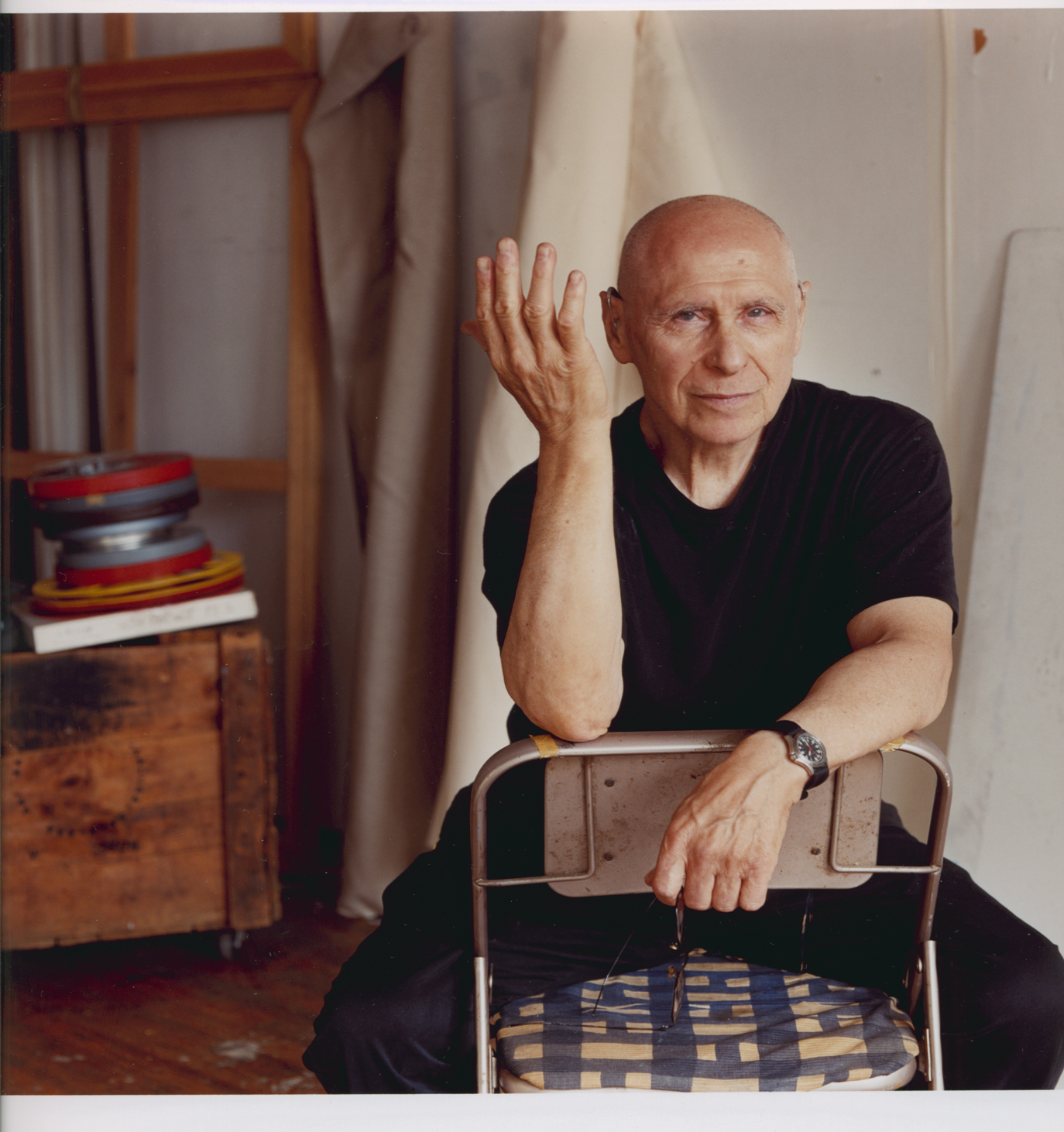
GEORGIA O’KEEFFE,
GEORGIA O’KEEFFE, Photographed at
her Ghost Ranch home in Abiquiu, New Mexico, USA (c.1970s). The house was built
in Adobe style, made out of straw and mud, which creates an unique soft and
uneven surface on the walls. The hanging metal mobile was a gift from
O’Keeffe´s friend, Alexander Calder (c.1940s). / The Red List
Cecily Brown The Girl Who Had Everything, 1998
Cecily Brown (born 1969) is a British painter. Her style displays the influence of a variety of painters, from Francisco de Goya, Willem de Kooning, Francis Bacon and Joan Mitchell, to Old Masters like Rubens and Poussin, yet her works also present a distinctly female viewpoint. Brown lives and works in New York City.

face matches the resume
John Ridgely Carter was
born in Baltimore on November 28, 1862. He married Alice Morgan (1865–1933) in
1897. Carter, who was secretary of the U.S. Embassy in London between 1894 and
1909 and U.S. minister to the Balkan States (Bulgaria, Romania, and Serbia)
between 1909 and 1911, was painted by John Singer Sargent in 1901. In 1911, he
was offered the post of U.S. minister to Argentina, but he refused it on the
grounds that, without the government providing him a house, the post would be
too expensive for his annual salary of $12,000. It was estimated that Minister
Charles Hitchcock Sherrill (1867–1936), whom he would replace and under whom
Robert Woods Bliss served as secretary of the legation in Buenos Aires, spent
$100,000 yearly to maintain his position. Carter left the diplomatic service
and joined the Parisian bank of J. P. Morgan & Cie., where he became a
partner in 1914. He died on June 3, 1944.
Troy Simmons
Miami artist Troy Simmons first encountered Brutalist architecture when he discovered Rainer Disse’s Feldberg Church along his travels in the Black Forest of Germany. The structure’s rugged concrete against the forest’s natural backdrop captivated him, so much so that he now translates that vernacular to canvas, juxtaposing raw, unfinished concrete against colorful, sleek pigments .
Approaching each piece like a construction project—his heaviest to date weighs 300 pounds—the Bakehouse Art Complex resident artist creates three-dimensional renderings and detailed drawings before hammering and chiseling away at the cement. “The process and layers involved in creating one piece is a reflection of who we are as humans,” Simmons says. “We all carry heavy, complex yet beautiful experiences in our souls.” See his solo show in May at JanKossen Contemporary in New York.
Albert Oehlen Untitled, 1994
Albert Oehlen (born September 17 1954 in Krefeld, West Germany) is a contemporary German artist. Oehlen lives and works in Bühler and Segovia.
Oehlen moved to Berlin in 1977, where he worked as a waiter and decorator with his friend, the artist Werner Büttner. He graduated from the Hochschule für bildende Künste Hamburg, in 1978. Along with Martin Kippenberger and Georg Herold, Oehlen was a member of Berlin "bad boy" group.
Closely associated with the Cologne art scene, Oehlen was a member of the Lord Jim Lodge, along with Martin Kippenberger among others. His art is related to the Neue Wilde movement. He has more recently been described as a 'free radical'.
Influenced by other German painters such as Georg Baselitz, Sigmar Polke and Gerhard Richter, Oehlen focuses on the process of painting itself. During the 1980s he began combining abstract and figurative elements of painting in his works, as part of a reaction to the prevailing Neo-Expressionist aesthetic of the time.
In the following years, he worked within self-imposed, often absurd, parameters. He used only gray tones for his "Grey" paintings and limited himself to red, yellow, and blue for another series of what he calls "bad" paintings that included his infamous 1986 portrait of Adolf Hitler.
In his paintings of the late 1990s, each piece consists of smears and lines of paint Oehlen brushed and sprayed over collaged imagery that had been transferred to canvas by the type of gigantic inkjet printers used to manufacture billboards.
In 2002, Oehlen exhibited the "Self-Portraits" series which included eight self-portraits among them Frühstück Now (Self-Portrait)(1984), Self-Portrait With Open Mouth (2001) and Self-Portrait as a Dutch Woman (1983).
In Oehlen's recent work, flat, figurative cut-outs-all the products of computer-aided design (CAD), and gestural strokes of oil paint trade places in the service of collage. In his recent Finger Paintings, color-blocked advertisements are an extension of the canvas, providing fragmented, readymade surfaces for Oehlen’s visceral markings, made with his hands, as well as brushes, rags, and spray-cans.
Subscribe to:
Posts (Atom)








































